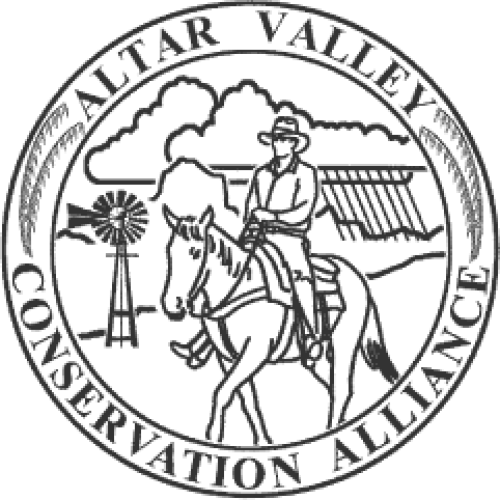Abstract:
Arroyos, entrenched ephemeral streams that form in desert environments, first appeared in the arid and semiarid American Southwest after 8000 14C yr B.P. For at least 7 k.y. prior to that time, climate, vegetation, and groundwater conditions were not conducive for arroyo formation along the floors of desert valleys. After a hiatus in arroyo formation, the frequency of arroyo cutting and filling increased dramatically after 4000 14C yr B.P. The early Holocene arroyos and increased frequency of arroyo incision after 4000 14C yr B.P. are related to the establishment and changes in postglacial vegetation, climate, and groundwater conditions. As a result, arroyo sequences preserve a record of large-scale climate change and small-scale climatic perturbations that occurred during the Holocene. Human modification of valley flood plains is an additional factor that contributed to mid-nineteenth and early twentieth century arroyo cutting.

Reports and other documents about Sonoran Desert ecology, management, and conservation. Curated by the not-for-profit Altar Valley Conservation Alliance (AVCA) located outside Tucson, AZ.